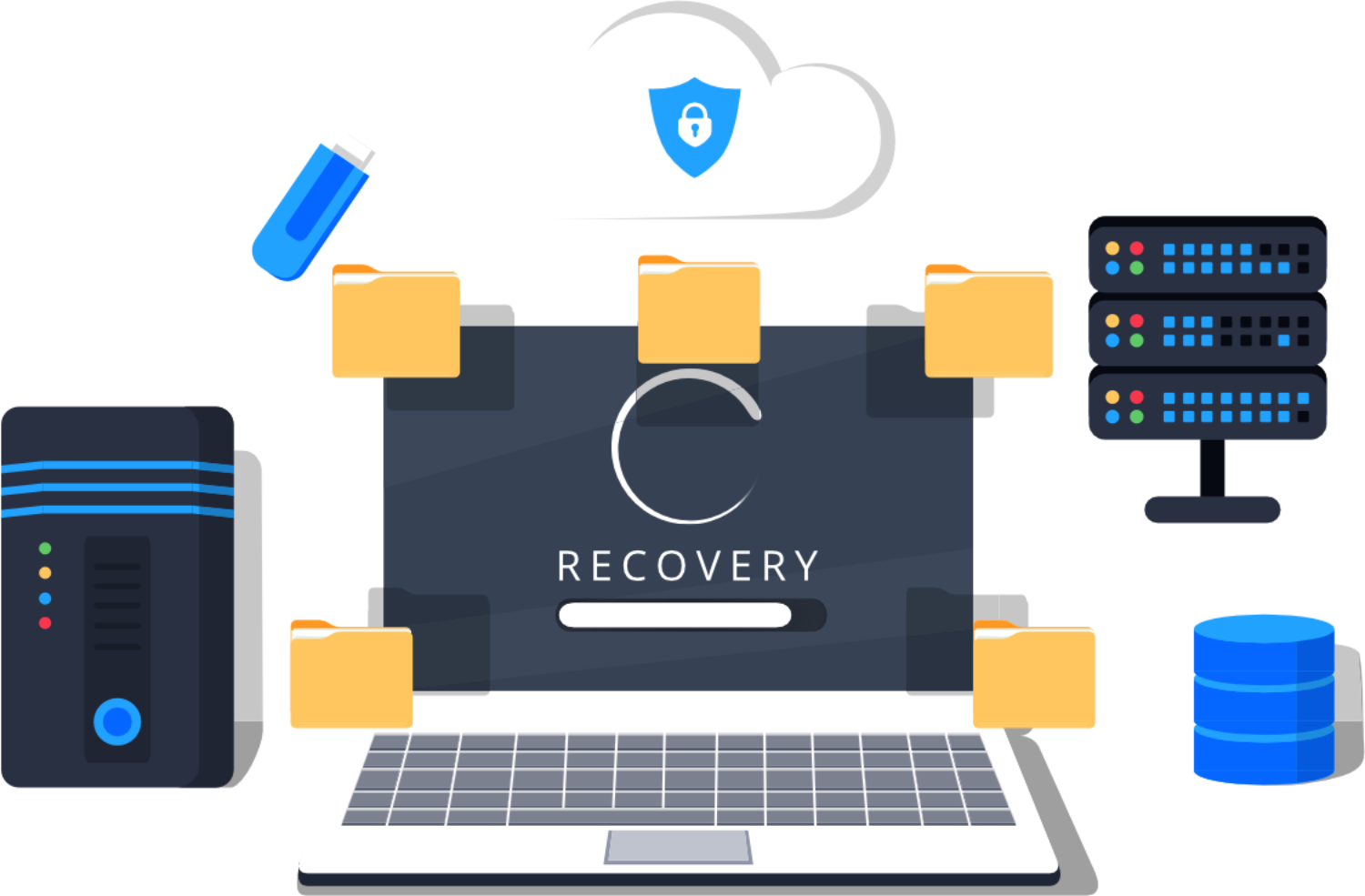Disaster recovery is a long term process of restoring, redeveloping and revitalizing communities impacted by disaster. This is accomplished by implementing Recovery Support Functions consistent with the priorities of the affected community.
Be sure to seek help from family and friends who understand and empathize with your situation. Licensed mental health professionals can also be very helpful.
Preparation
A disaster recovery plan focuses on the backup of data and services in case a primary site is disrupted. This differs from business continuity planning, which involves ensuring that the organization continues to function despite a significant disruption.
Municipalities and voluntary organizations work together to provide critical short-term recovery services. These include distributing medical supplies, food and temporary shelter. Short-term recovery activities also include conducting initial damage assessments of housing and businesses.
Disaster recovery is the process of restoring communities after an all-hazards disaster. It requires a comprehensive approach to planning and managing disaster aid and private-non profit assistance.
Connecticut has adopted a new Natural Hazards Mitigation Plan to comply with FEMA requirements. This new strategy focuses on reducing the impact of disasters by preventing or reducing hazards before they occur. It shifts the state’s mitigation priorities from a response driven system to one based on effective hazard mitigation planning. The Division of Emergency Management and Homeland Security (DEMHS) organizes Connecticut into five planning and preparedness regions. Each region is led by a regional office, which serves as the single direct point of contact for each jurisdiction on all administrative and emergency matters.
Response
During the response phase, actions are taken to save lives and protect property, as well as to restore essential government and commercial services. This includes activities that provide for the sheltering, feeding and clothing of displaced individuals and communities. It also includes the cleanup and repair of damage to buildings, roads, bridges, utilities and other infrastructure.
Immediately after the disaster, Voluntary Organizations may be asked to meet unmet needs of families who have exhausted their insurance payments and other assistance programs. These organizations may assist with extending rental assistance, reestablishing credit histories, home repairs and other recovery needs.
The State of Connecticut is comprised of 169 home rule municipalities and two tribal nations. Each of these towns has the ability to use their Disaster Debris Management grant award to hire contractors for debris removal, hazard mitigation projects and other related disaster recovery efforts. This plan supports local efforts to coordinate recovery activities with other governmental and non-governmental organizations through the Emergency Support Functions (ESFs) of the State Recovery Framework.
Recovery
The recovery phase of the all-hazards disaster assistance process focuses on the return of communities to a functional state. This includes restoring essential government and commercial services to pre-disaster conditions. It also entails redeveloping and rebuilding communities’ social, economic and natural infrastructure to promote self-sufficiency, sustainability and resilience.
During this phase, the community will rely on the support of volunteers and the assistance of local and federal funds. The local Disaster Recovery Coordinators and LDRMs work with their respective RSFs to ensure that the needs of each community are identified and addressed.
During the cleanup and recovery phase, local governments and non-governmental organizations will work together to help individuals in need of food, shelter, medical attention, mental health services, and other assistance. They will also work to restore damaged public and private properties, including roads, bridges, and water, gas and electrical lines. Additionally, they will clear and control debris. They will also monitor and report to FEMA as needed.
Mitigation
In the mitigation phase of disaster recovery, control measures are taken to prevent or reduce the impact of a hazard. These may include physical, administrative and organizational measures. The most common mitigation measure is the development of a local disaster recovery plan. These plans can be developed by the state, or by a local community.
In Connecticut, DEMHS maintains a Disaster Recovery unit that works closely with the All-Hazards Planning and Community Preparedness units to facilitate preliminary damage assessments and Presidential declaration requests for FEMA’s Public Assistance, Individual Assistance and Hazard Mitigation disaster relief and grants. The unit also coordinates long term recovery activities and programs for local governments, private non-profit organizations and eligible individuals following a Presidential disaster declaration.
The State Emergency Response Framework (SRF) describes the role of state agencies in responding to natural disasters requiring a State response. The SRF is based on Title 28 of the Connecticut General Statutes and the Stafford Act. The SRF outlines, among other things, the mission assignments of State agencies in all-hazard disaster situations.disaster recovery connecticut



